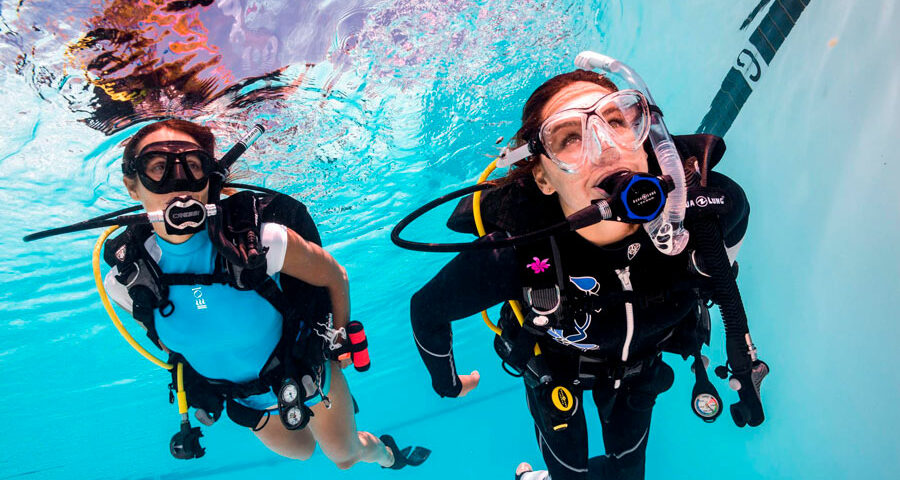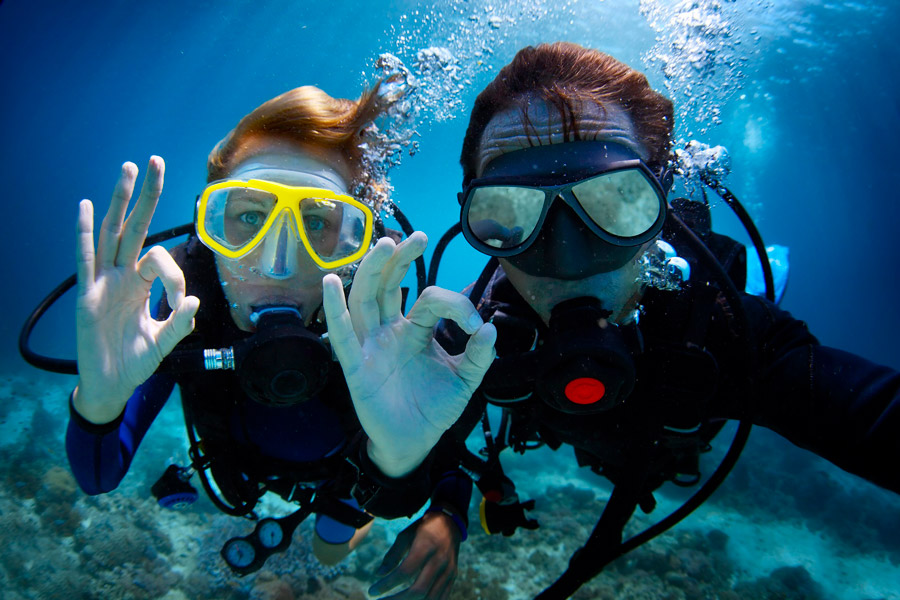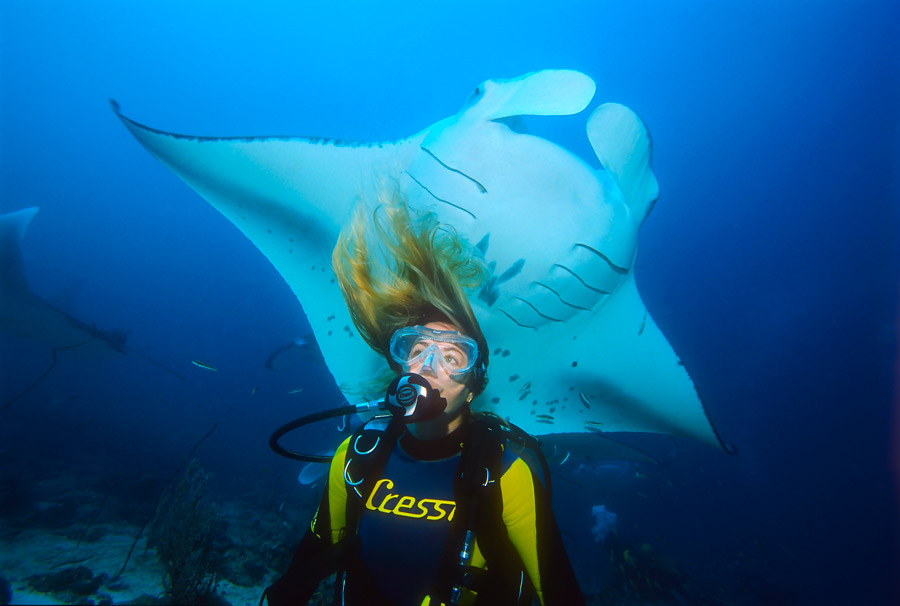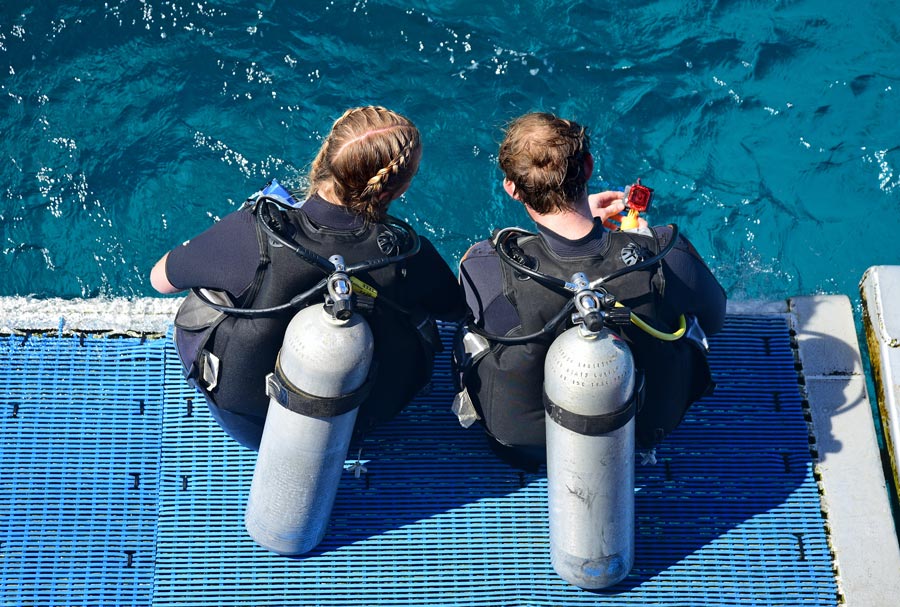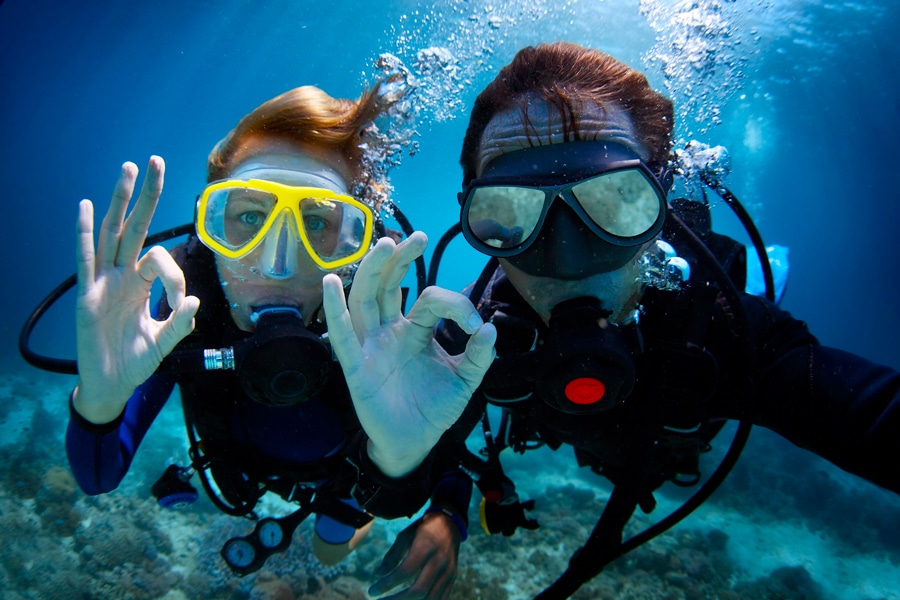Not holding your breath is one of the fundamental diving instructions for practicing this sport safely, but there are more. In today’s article we are going to review the most important diving instructions like a mantra, so that you do not forget even the smallest safety detail, before, during and after a dive.
Diving Instructions to Prepare a Dive
1. Get your scuba diving certification. This is one of the diving instructions that we will not tire of repeating. Having, at least, your Open Water Diver certification will allow you enough autonomy to make interesting dives without going hand in hand with an instructor or a Dive Master. If you haven’t been diving in a while, take a refresher course. Choose a reputable certification center that has operated in this location for a long ti
2. Dive within your limits. It is in the DNA of every diver to want to improve, dive longer, deeper… and that is perfect. Do it, but first, make sure you have the necessary skills. Certifications and specialization courses will be your allies, as you can see, training is one of the fundamental diving instructions.




